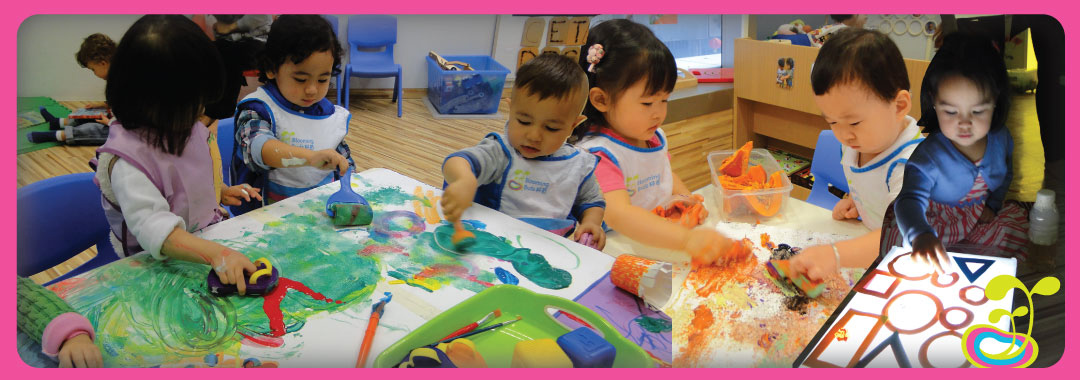
Reggio Emilia Approach
The Reggio Emilia Approach derives its name from its place of origin, Reggio Emilia, a city located in Northern Italy. It was founded by a group of inspired parents shortly after the Second World War. With a desire to create an educational system where their children could flourish, they collaborated with Loris Malaguzzi, a lifelong educator, innovator and creative philosopher to find a unique public system of childcare education.
Loris Malaguzzi and the parents of Reggio Emilia Italy were devastated by the destruction that took place during World War II and believed that the approach to education had to fundamentally change. Based on principles of respect, responsibility and community, a philosophy was born.
Principles of Reggio Emilia Inspired Approach
Image of the Child
- Children are capable of constructing their own learning.
- Children form an understanding of themselves and their place in the world through their interactions with others.
- Children are communicators.
Role of the Educator
- Educators are researchers, mentors and guides.
- As learning partners, they take into consideration class dynamics and guide learning by recognizing the many learning possibilities.
- They encourage children to be self-directed learners and provide support in their acquisition of knowledge.
- Teachers listen, observe, inquire, document, work together and reflect upon the experiences of children in order to further their learning processes.
Parents Involvement
- Parents are partners
- Cooperation between home and school is considered a pillar of the educational system
- nurtured in an environment that fosters reciprocal relationships between them and the community; as such, children are more receptive to the wisdom and best practices of society, while engendering a sense of selflessness and service
Emergent Curriculum
- The curriculum is flexible: it allows the group of children in a class to guide their own learning. It capitalizes on the interest of the children and what they want to find out about that specific topic.
Environment as a Third Teacher
- The Reggio Emilia Philosophy believes that the environment in which your child explores is the third teacher, and so the spaces of the schools are both thoughtful and inviting.
- Materials in the classroom help inspire children to think outside the box and provide endless opportunities for children to convey themselves in their many languages of expression.
Emphasis on Documentation
- Children’s thoughts and ideas are documented through their writing, drawings, diagrams, maps, graphs, collections and coreations.
- Their work allows educators to witness their progressive development so as to better support their discovery and learning.
- Displays in the classroom provide a communication platform for them to revisit and build upon their previous knowledge, as well as play a role of advocacy.
Recognitions & Awards
- Best Top Ten Schools in the World by Newsweek 1991
- Danish Lego Prize 1992
- Kohl Foundation Award 1992
- Hans Christian Anderson Prize 1994
- Mediterranean Association of International Schools Recognition 1994
- Collaborative project between Municipal Preschools and Infant Toddler Centers at Reggio Emilia with the Harvard Graduate School of Education 1997
- Reggio Emilia Approach is adopted by leading corporations and institutions such as Google and World Bank for their preschool programs
